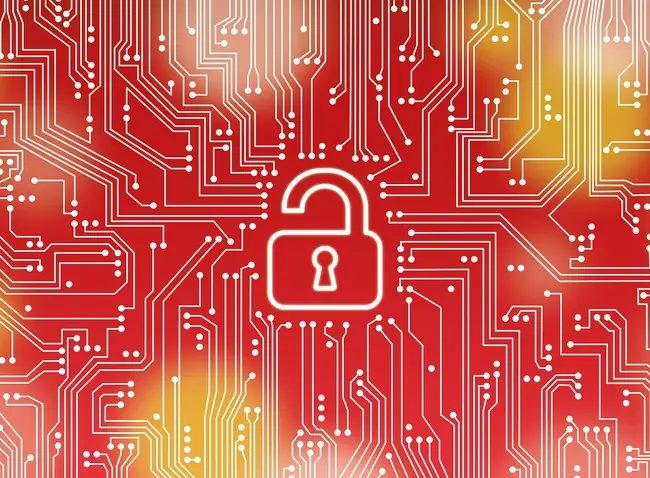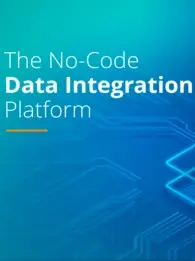
Data loss can be incredibly damaging to an organization. Fines from regulatory bodies such as GDPR can reach upwards of up to €20 million or 4% of annual turnover from the preceding year, whichever is highest. It can also result in legal trouble; when Yahoo suffered data breaches in 2013 and 2014, customers quickly responded by slapping the company with more than 20 lawsuits. Data loss can even force a business to close, as with River City Media in 2017.
Fortunately, technologies are available to help organizations protect their data, namely, data loss prevention (DLP) solutions. DLP is a set of strategies, processes, and technologies designed to prevent the loss, leakage, or unauthorized access of an organization's sensitive data. Its primary goal is to identify, monitor, and control sensitive data throughout its lifecycle.
This article will explore the common causes of data loss and how DLP can help.
Common Causes of Data Loss
There are several primary causes of data loss. They include but are not limited to:
- Hardware Failure: Hard drive crashes, power surges, faulty hardware components, mechanical failures, or damage to storage devices.
- Software Corruption: System crashes, software bugs, incompatible software or drivers, malware infections, or improper software installations can corrupt data.
- Viruses and Malware: Malicious software can infect systems, delete or encrypt files, or cause other forms of damage resulting in data loss.
- Natural Disasters: Fires, floods, earthquakes, hurricanes, or other natural disasters can physically damage storage devices or data centers, leading to data loss.
- Theft or Loss: Stolen or lost devices like laptops, smartphones, external hard drives, or USB flash drives can result in data loss if the organization has not adequately backed up data.
- Power Outages: Unexpected power outages or electrical surges can lead to data loss if the computer or storage device is not protected by an uninterruptible power supply (UPS).
- Software or System Updates: In rare cases, software updates or operating system upgrades can lead to data loss if compatibility issues or errors occur during the update process.
- Accidental Formatting or Partitioning: Incorrectly formatting or partitioning a storage device can erase all the data.
- Physical Damage or Environmental Factors: Dropping or exposing a storage device to extreme temperatures, moisture, or magnetic fields can result in data loss.
How DLP Can Help
Data Loss Prevention (DLP) helps prevent data breaches by implementing various measures to protect sensitive information and mitigate the risk of data loss. Here's how DLP can help prevent data breaches:
- Data Classification: DLP solutions classify and categorize data based on its sensitivity. Organizations can apply appropriate security controls and prioritize protection measures by identifying and labeling sensitive data.
- Data Discovery and Monitoring: DLP solutions scan and monitor data across various systems, networks, and storage devices to identify instances of sensitive data. They can detect when individuals access, transmit, or store data in unauthorized locations or through insecure channels.
- Access Control and User Monitoring: DLP solutions enforce access controls to restrict unauthorized access to sensitive data. They can monitor user activity, detect suspicious behavior, and implement policies to prevent unauthorized data access or exfiltration.
- Data Encryption: DLP solutions often incorporate encryption mechanisms to protect sensitive data. Encryption converts data into an unreadable format, and only authorized parties with the encryption key can decrypt and access the information, preventing unauthorized access to sensitive data in the event of a data breach.
- Data Loss Monitoring and Prevention: DLP solutions actively monitor data flow and communication channels to prevent accidental or intentional data loss. They can identify and block attempts to send sensitive data via email, file transfers, or other communication channels that violate security policies.
- Data Masking and Anonymization: DLP solutions can apply data masking or anonymization techniques to protect sensitive information. These methods replace or modify sensitive data with fictional or non-sensitive values, allowing organizations to use and share data for various purposes without exposing actual sensitive information.
- Policy Enforcement: DLP solutions enable organizations to define and enforce security policies related to data handling, sharing, and storage. They can automatically detect and block policy violations, such as attempting to transfer sensitive data to external storage devices or unauthorized cloud services.
- Incident Response and Forensics: DLP solutions provide incident response and forensic analysis capabilities. In the event of a data breach, they can help identify the source and scope of the breach, assess the impact, and facilitate appropriate remedial actions.
In conclusion, data loss poses significant risks to organizations, including financial penalties, legal consequences, and reputational damage. However, data loss prevention (DLP) solutions offer practical strategies and technologies to safeguard sensitive data. By classifying and monitoring data, enforcing access controls, implementing encryption, and applying data masking techniques, DLP helps prevent unauthorized access, data breaches, and data loss incidents. DLP also enables organizations to enforce security policies, monitor user activity, and respond swiftly to incidents.
By investing in robust DLP measures, organizations can proactively protect their valuable data assets, maintain compliance with regulations, and mitigate the potentially devastating consequences of data loss.












